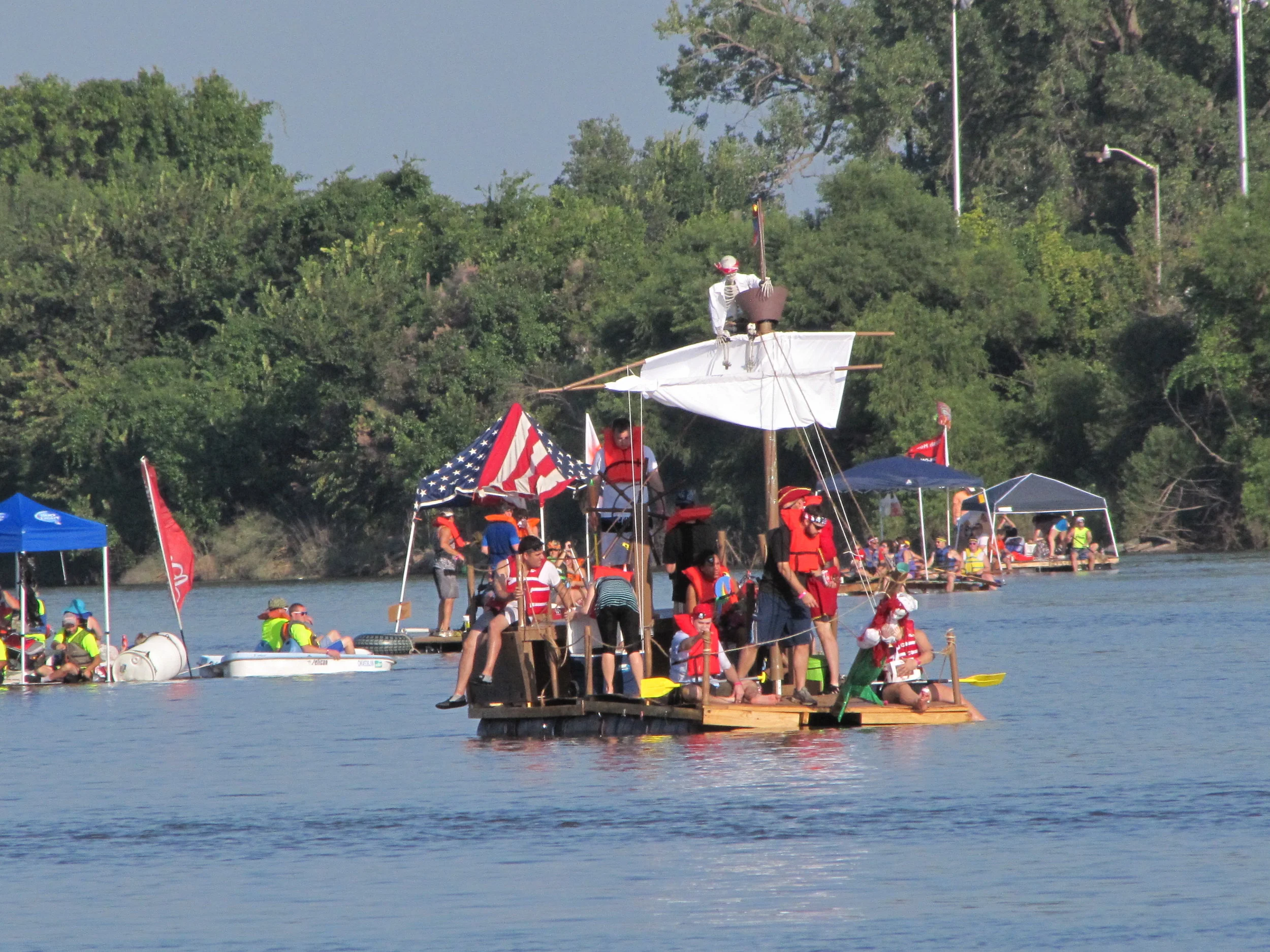Tulsa Boys' Home celebrates 100 years of miracles in 2018
/The Tulsa Boys' Home has been serving at-risk Oklahoma youth for a century, as of 2018. The 150-acre facility in southwest Sand Springs houses the most damaged wards of the State, those who have washed out of more than a dozen foster homes, as well as privately-placed drug addicted youth.
"For many of them, we give them the first family that they've ever had," says congressional candidate and Boys' Home Board Member Tim Harris. Nearly 13,000 boys have stayed at the Home since 1918, and many have overcome drugs, sexual and physical abuse, and behavioral issues to become functioning, productive members of society.
The facility typically operates at or near full-capacity, with forty wards of the State and 24 privately-placed drug addicts. The Home accepts kids from eleven years of age till eighteen, providing counseling, family, schooling, and character-building recreation.
"These are the orphans of the 21st Century," says Executive Director Greg Conway. "Not orphans because of war or disease, but because of what's been done to them."
Most had their parental rights severed by the courts due to mental, physical, or sexual abuse. Many develop behavioral issues and are kicked out of more than a dozen foster homes before making their way to the Boys' Home. "We get the kids that have been kicked out of everywhere else, that nobody else wants to deal with," says Conway.
However, the Boys' Home is far from the stereotypical image of a poverty-ridden early twentieth-century orphanage. To an outsider, the grounds would appear to belong to a resort. Perfectly manicured lawns, fountains and statues, and amenities that could compete with any country club in the state. Billiards, horseback riding, a pool, a full gymnasium with free weights, cardio machines, basketball and tennis courts.
"We have everything these boys need out here," says Youth Minister/Volunteer Coordinator Jeff Johnson, "but not the one thing they want. Family."
The staff does its best to be that family. Substance-abuse resident Ryder said "you can talk to the staff about anything you're going through anytime." Ryder hopes to get a doctorate in physical health and help special needs kids. "I want to do something good so I can come back here and tell my story."
Each member of the staff has success stories of kids they remember who went on to succeed in life outside the program. Director Conway spoke of Grant, a former meth addict, who went from being expelled from Union High School to graduating with a Charles Page High School diploma six months ahead of the rest of his class.
The Boys' Home has an on-campus school staffed by certified teachers provided by the Sand Springs Public School district. They participate in Sand Springs curriculum and calendar, and graduate with CPHS diplomas. The school boasts small class sizes with technology to rival any public school. They use Virtual Academy and summer school to help students recover credits and get ahead. Most students arrive semesters or even years behind their peers due to transferring in and out of dozens of schools as they migrate from one foster home to another.
More important than academic learning is mental and spiritual recovery after enduring untold hardships. One of the tools that helps facilitate that recovery is equine therapy. Through both individual and group sessions, the youth often form emotional connections to the horses while caring for them.
Equine Counselors Johnny Clark and Shannon Ross lead the boys in games with the horses, and even offer workshops for visitors to come participate. "When you get with a horse, the horse can reflect back emotionally what's going on with you," says Clark.
For those who don't respond to the horses or traditional means of recreation, Chief Operating Officer Mike Murphy promises to find something for everyone. From ropes courses to chess and even a running club, the Boys' Home offers countless opportunities for kids to open up and be themselves.
Ultimately, the Boys' Home has three primary goals. "We think of our work as rescuing these guys, rebuilding them while they're here, then reintegrating them into our community," says Conway.
The rebuilding is the hardest part. According to Conway, the most prevalent diagnosis among the youth is Post Traumatic Stress Disorder, a condition typically associated with veterans of war.
"They come from the most broken of families and they are deeply wounded boys," says Conway, who holds a Master's degree in counseling. "For many of our boys, before they come here, they've never had a positive male influence in their lives."
The organization looks to provide those positive influences not only through the staff, but also with volunteer mentors and tutors. The Home provides "Hope Tours" for anyone interested in getting involved in the organization, or who simply want to learn more about it.
During the Hope Tour, guests meet many key people in the organization, including volunteers, staff, and even residents. The tour lasts about an hour, including question and answer opportunities. The tour focuses solely on educating the community and does not attempt to solicit donations.
Upcoming Hope Tour dates are Tuesday, March 13th and Tuesday, March 27th at 5:30 p.m. To RSVP or request more information, contact Shannon Curry at 918.245.0231 ext. 5055 or scurry@tbhinc.org or contact Karen Clark at 918.245.0231 ext. 5004 or kkclark@tbhinc.org.




